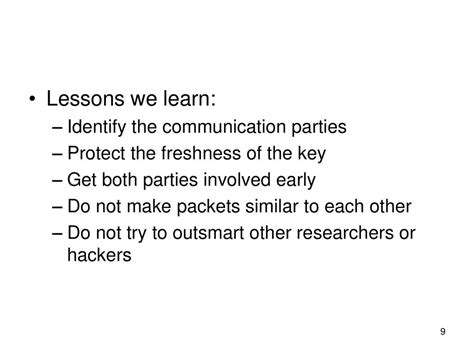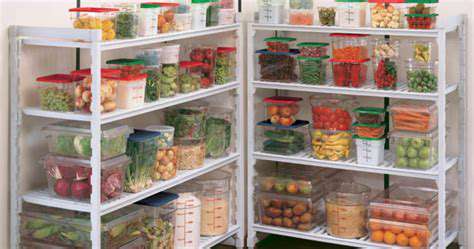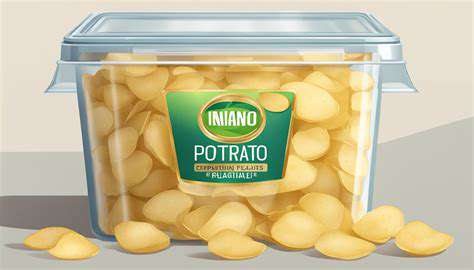How to Store Potatoes: Prevent Sprouting
Jul 28, 2025 / btwgardenmachine/

Preventing Sprouting: Understanding the Problem
Sprouting, the unwelcome emergence of shoots from stored potatoes, onions, and other root vegetables, is a common problem faced by home cooks and commercial food producers alike. It's a sign of the beginning of the plant's life cycle, and it's often accompanied by a noticeable decrease in quality, affecting the texture, taste, and overall appeal of the produce. Understanding the science behind sprouting is crucial to effectively prevent it. This process is driven by the natural hormonal changes within the stored vegetables, which trigger the growth of new shoots.
The key to successful prevention lies in controlling these hormonal triggers and maintaining ideal storage conditions. Moisture and temperature play significant roles in the sprouting process, and understanding how to manage these factors is essential.
Ideal Storage Conditions for Preventing Sprouting
Maintaining the correct storage environment is paramount to minimizing sprouting. This involves a combination of factors, including temperature, humidity, and the presence of ethylene gas. Cold temperatures are typically ideal for slowing down the growth process, and storing these vegetables in a cool, dark place will help limit their exposure to light and heat. Proper ventilation is also crucial to prevent moisture buildup, which can accelerate sprouting.
Storing vegetables in the appropriate containers can also play a significant role in preventing sprouting. Using breathable containers or bags that allow for air circulation will help to regulate humidity levels, reducing the risk of moisture accumulation and encouraging a healthier storage environment.
Effective Techniques for Sprout Prevention
Beyond proper storage, certain techniques can significantly reduce the likelihood of sprouting. One such technique involves using a combination of low temperatures and controlled humidity. This can be achieved by storing the vegetables in a refrigerator or other cool, dry environment. Another method involves using specialized storage products such as humidity-controlled containers or bags. These products are designed to manage moisture and maintain an optimal environment for the storage of the vegetables.
Freezing vegetables is another effective method to prevent sprouting, although this often alters the texture and taste of the produce. Freezing is a great way to preserve these vegetables, but it is important to consider the impact on the final product.
The Role of Chemicals and Other Considerations
While there are chemicals that can be used to inhibit sprouting, their use is often discouraged due to potential health concerns and environmental impact. It's crucial to consider the long-term effects of these chemicals on the surrounding environment and the potential risks associated with their use. Instead, focusing on proper storage techniques is often a safer and more sustainable approach.
Proper handling and preparation of the vegetables before storage is also important. Thoroughly cleaning and drying the produce before storing it can help prevent the growth of microorganisms and reduce the risk of sprouting. Minimizing damage and cuts to the surface of the vegetables before storage is another crucial step in preventing unwanted sprouting.
One of the primary challenges in raw food diets is ensuring adequate intake of essential nutrients. Many nutrients, like vitamin B12, are often found in animal products. A well-planned raw food diet requires careful attention to supplement these gaps, which can be overlooked by those new to the raw food lifestyle. This is crucial for maintaining optimal health and preventing potential deficiencies, which can manifest in various ways, from fatigue and weakness to more serious health problems.
Proper Handling and Preparation for Storage

Proper Storage Techniques
Proper storage is crucial for maintaining the quality and safety of food items. Storing food at the correct temperature is paramount to preventing bacterial growth and spoilage. Refrigeration is essential for perishable items like meats, dairy, and cooked foods to inhibit the growth of harmful microorganisms. Freezing is another effective method for preserving food for longer periods. Freezing halts microbial activity and maintains the integrity of nutrients and texture. Always use airtight containers to prevent freezer burn and maintain freshness. Properly labeling and dating stored food items will also help in maintaining an organized and efficient food storage system.
Freezing food in portions suitable for individual meals can save time and effort when preparing meals. Consider using vacuum sealing for optimal freshness and longer preservation. This helps to remove excess air, which can significantly reduce freezer burn. For items that are not easily frozen, like delicate fruits and vegetables, consider other preservation methods such as canning or pickling. These methods ensure the safety and quality of these items over extended periods. Proper storage also includes keeping the pantry and refrigerator organized, allowing for easy access to items and preventing potential contamination.
Safety Precautions During Preparation
Food safety is of utmost importance, particularly during preparation. Thorough handwashing is essential before, during, and after handling food to prevent the spread of bacteria. Using separate cutting boards for raw and cooked foods will help prevent cross-contamination, a significant risk factor for foodborne illnesses. Always wash fruits and vegetables thoroughly before consuming them, using cold water and a gentle scrubbing. This helps to remove dirt and potentially harmful microorganisms from the surface.
Cooking food to the appropriate internal temperature is critical for eliminating harmful bacteria. Use a food thermometer to ensure that meat, poultry, and other foods reach the required minimum internal temperature. This will help guarantee the safety of the food and prevent foodborne illness. Properly storing leftover food promptly after cooking is equally important. Refrigerate leftovers within one hour of cooking to prevent bacterial growth. This will help maintain the safety and quality of the food.
Essential Tools and Equipment
Investing in quality tools and equipment is essential for safe and efficient food handling and preparation. Sharp knives are crucial for precise cutting and minimizing the risk of injury. A well-maintained cutting board is also important, ensuring a clean and sanitary surface for food preparation. A reliable food thermometer is essential for ensuring food safety by accurately measuring internal temperatures.
A good quality set of cookware, including pots and pans, is essential for cooking food safely and effectively. Having appropriate utensils like spatulas, spoons, and tongs is also important. These tools are essential for both cooking and serving food. Having these essentials will make the whole cooking process easier and safer. Proper organization and maintenance of these tools are also important for ensuring their longevity and optimal performance.
